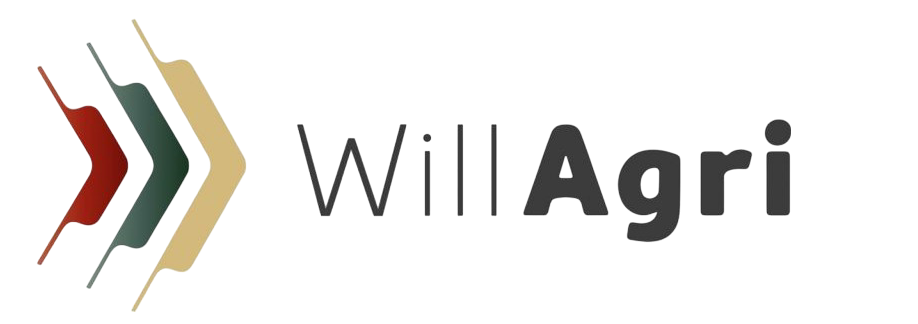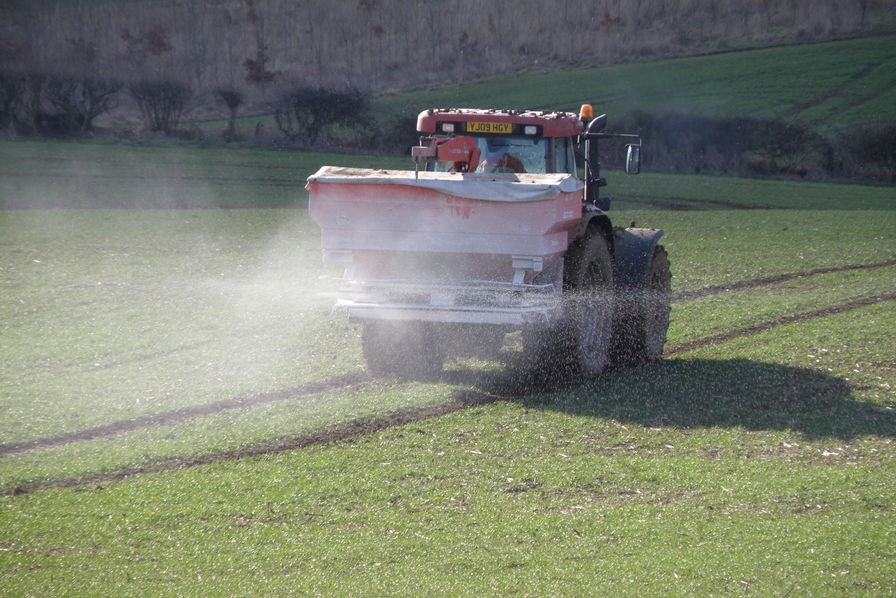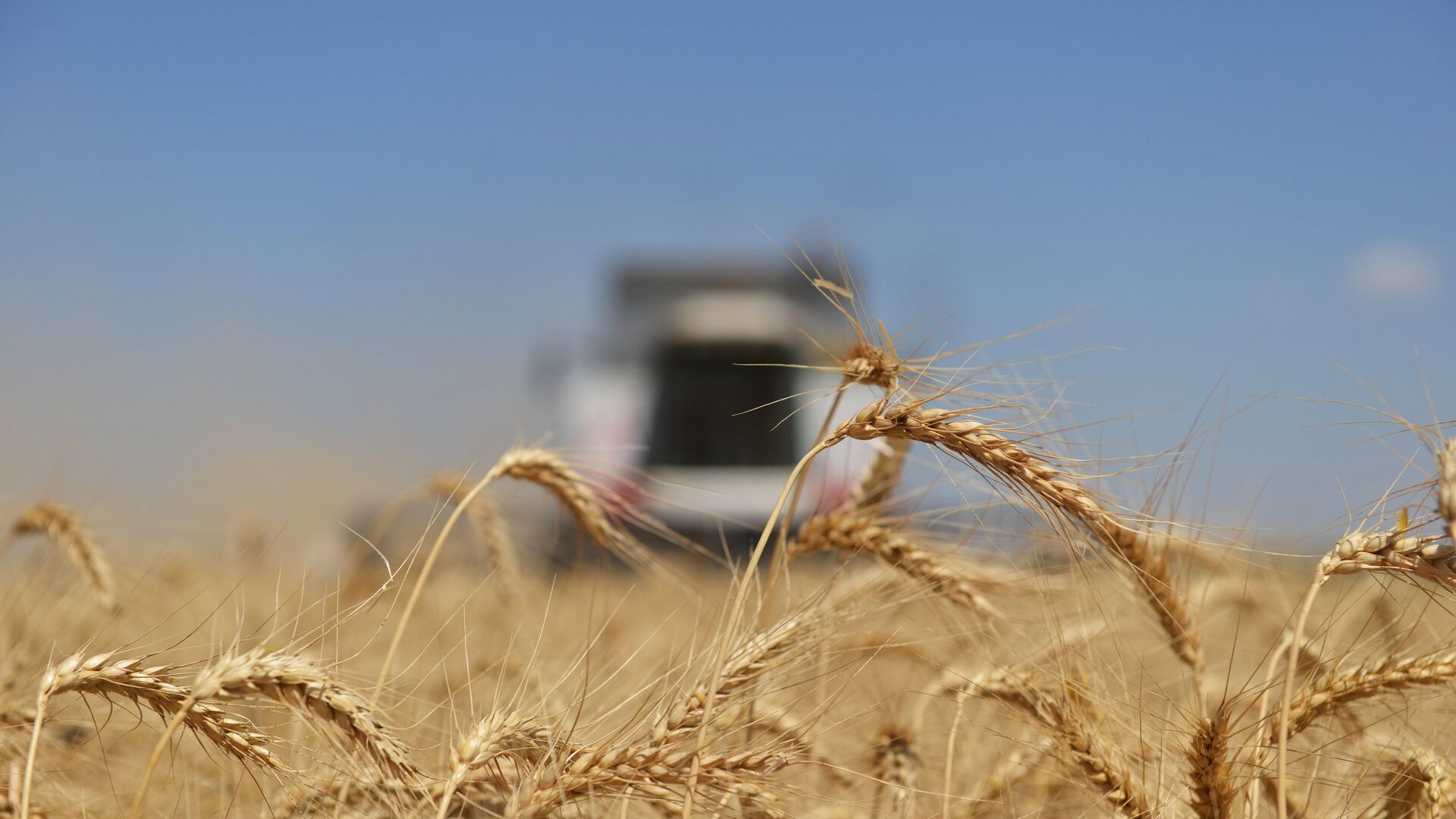North Africa is one of the regions in the world that will offer the most investment opportunities in commercial greenhouses in 2025. This is what a survey published on 24 February by the Dutch banking group Rabobank reveals. The survey was conducted among a sample of global greenhouse market players including suppliers of seeds, consulting services, technologies, and construction equipment. According to the respondents, North Africa is the second most attractive area in the world for greenhouse investments this year, after the Persian Gulf. According to Rabobank, this overall positive sentiment of industry suppliers towards the prospects offered by this region of the African continent has improved compared to 2024 and contrasts with a more mixed overall context for 2025. The region thus obtained more favourable votes than other leading markets such as the USA, Canada, the Netherlands and Belgium. If North Africa counts in the investment intentions of industry players, it is first and foremost thanks to Algeria, Tunisia and especially Morocco.
In the kingdom, greenhouse production is used mainly in the horticulture sub-sector, with tomatoes as the main crop, which has benefited from the growing demand from countries around the Mediterranean such as France. With investments mainly oriented towards low-cost greenhouses inspired by the structures developed in the Canary Islands (Canary Island greenhouses), the production of early vegetables for export has developed in hot and sunny regions such as Souss-Massa where cultivation is spread from October to June. While the preponderance of greenhouse tomatoes in Morocco is part of a global context where cultivation accounts for 36% of the total developed area (3.7 million hectares), the report highlights that other crops such as cucumber and chili pepper also contribute to the growth of greenhouse horticulture in the country. According to Rabobank, these two products are becoming more competitive on the European Union market and also in the United Kingdom, which imports about 80% of its fruit and 50% of its vegetables.
In 2023, the CIF (cost, insurance, freight) price per kilogram of Moroccan cucumber on the British market was $1.45/kg, a more competitive level than that of Spain ($1.79/kg). As for chili peppers, exports have increased by an average of 6% per year over the last decade, with Spain being the main destination.
While overall, the dynamism of Moroccan greenhouse production is expected to continue in the coming years, with export demand driving investment, Rabobank points out that disease risks, water availability and extreme weather events such as heat waves will remain challenges for the Moroccan greenhouse industry.
According to the Dutch banking group, environmental and social sustainability and climate and phytosanitary risk management will be keys to consolidating the success of Moroccan greenhouse horticulture on the African continent. As a reminder, Africa will have a greenhouse area of about 68,500 ha in 2024, less than 2% of the world’s surface area. The world leader remains China with between 1 and 3.5 million hectares developed in greenhouses.




